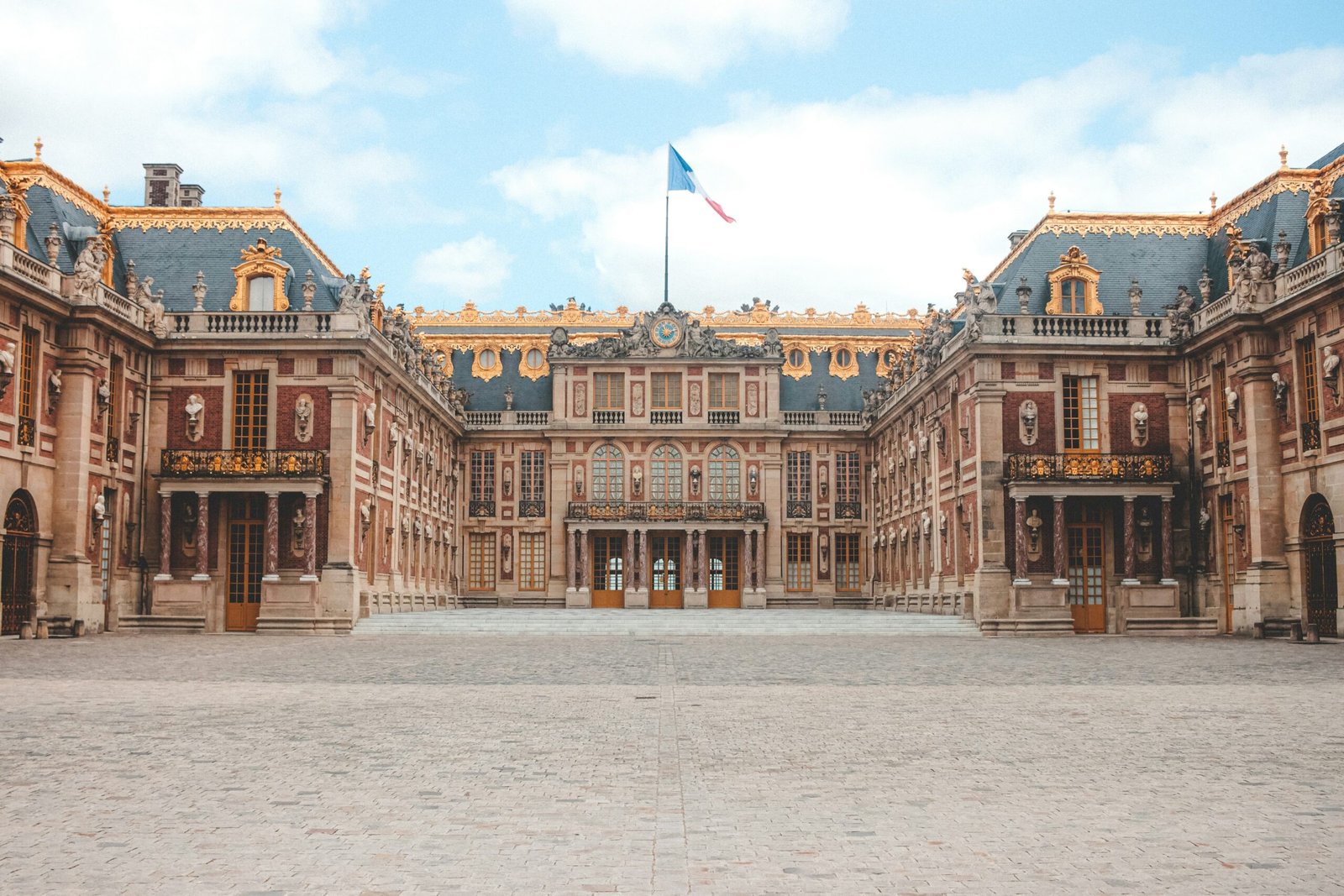The History of Versailles Palace
Located in Versailles, France, the magnificent Versailles Palace is renowned for its opulence and grandeur. Originally a humble hunting lodge, it was transformed into one of the most famous and extravagant palaces in the world by Louis XIV, also known as the Sun King.
From Hunting Lodge to Royal Residence
In the early 17th century, Louis XIII used the hunting lodge as a retreat from the bustling city of Paris. However, it was his son, Louis XIV, who had a grand vision for the palace. Under his reign, Versailles was expanded and transformed into a symbol of absolute monarchy and French power.
The construction of the palace began in 1661 and continued for several decades. The Sun King spared no expense, hiring the finest architects, artists, and craftsmen of the time to create a palace that would showcase his wealth and authority.
The Opulence of Versailles
Versailles Palace is a testament to the extravagance and luxury of the French monarchy. The palace’s architecture is a stunning blend of Baroque and Classical styles, featuring elaborate facades, grand courtyards, and meticulously manicured gardens.
Inside the palace, visitors are greeted with lavish halls adorned with gold leaf, intricate tapestries, and ornate chandeliers. The Hall of Mirrors, perhaps the most famous room in Versailles, is a breathtaking gallery lined with seventeen mirrored arches that reflect the sunlight and create a dazzling effect.
Beyond its architectural splendor, Versailles is also home to an impressive collection of art and historical artifacts. The palace houses numerous masterpieces, including works by renowned artists such as Veronese, Rubens, and Poussin.
The Gardens of Versailles
No visit to Versailles is complete without exploring its expansive gardens. Designed by André Le Nôtre, the gardens span over 800 hectares and are a true masterpiece of landscape architecture.
The gardens are meticulously manicured and feature a symmetrical layout with perfectly aligned pathways, fountains, and statues. Visitors can wander through the ornamental flower beds, admire the geometric patterns of the parterres, or relax by the Grand Canal.
During the reign of Louis XIV, the gardens were not only a place of beauty but also served as a backdrop for elaborate outdoor festivities and entertainment. The king would host grand parties, concerts, and theatrical performances, further enhancing the splendor of Versailles.
A Symbol of French History and Culture
Versailles Palace holds a significant place in French history and culture. It was the seat of power for the French monarchy from 1682 until the French Revolution in 1789. The palace witnessed important historical events and played a central role in shaping the destiny of France.
Today, Versailles Palace continues to captivate visitors from around the world with its grandeur and beauty. It stands as a testament to the wealth, power, and artistic achievements of the French monarchy. A visit to Versailles is a journey back in time, allowing visitors to immerse themselves in the opulence and splendor of the Sun King’s reign.

